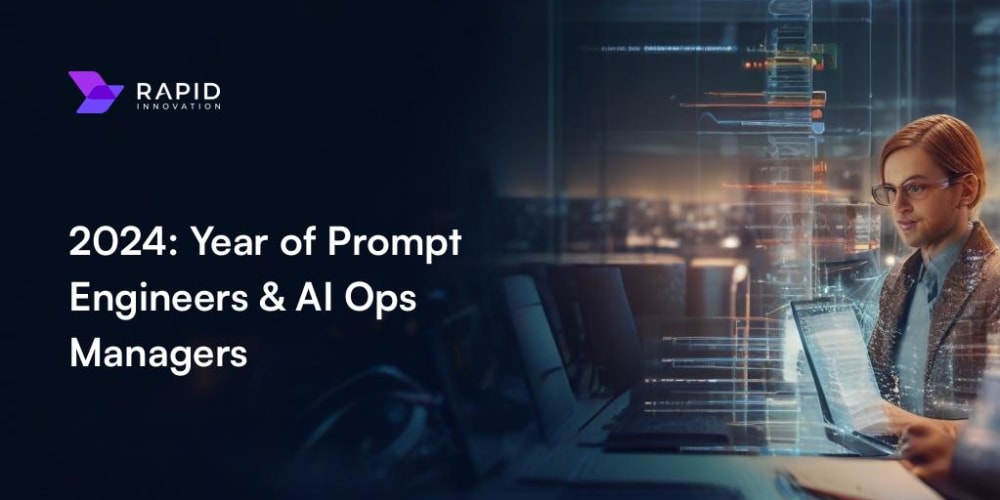Author: Liu Songshan
In today's AI era, the architecture of AI systems is becoming increasingly complex, making its stability, resource utilization, and fault self-healing capabilities increasingly important. Addressing issues only when they occur during actual operation not only incurs high costs but also affects user experience. Chaos engineering is about proactively exposing and addressing system vulnerabilities, greatly enhancing system resilience. ChaosMeta, an open-source chaos engineering platform developed by Ant Group, provides comprehensive support for the stability of AI systems. What is chaos engineering?

The core idea of chaos engineering is to "assess and improve system stability by introducing faults in a real environment". In practical application, this means intentionally creating various errors and faults to observe system performance in order to identify and rectify weaknesses in the system. As AI systems gradually become the cornerstone of modern technology, the application scope of chaos engineering is also expanding. Why do AI systems need chaos engineering?

Before discussing how ChaosMeta helps improve the stability of AI systems, let's first understand the common types of faults and their impact on AI systems:

Infrastructure layer: This layer includes GPU hardware failures, network communication failures, and storage anomalies. These issues can lead to interrupted model training and reduced performance. Large model training layer: Issues such as resource delivery problems, network issues, and code bugs. Once a training task encounters a problem, it may require a significant amount of time and resources to restart. Inference layer: Configuration issues during inference, high traffic pressure, middleware anomalies. These faults can directly affect the response speed and accuracy of online services. AI Agent layer: Includes display issues, service unavailability, etc. These issues directly impact user experience, subsequently affecting product reputation and user retention rates. With chaos engineering, we can proactively identify these hidden dangers during system development and maintenance, ensuring that the system runs smoothly in the event of unexpected circumstances. Core features of ChaosMeta
The ChaosMeta platform offers a variety of fault simulation and experimental tools to help developers and operations teams systematically test and improve the stability of AI systems.
Infrastructure layer: Ensuring the stability of the underlying architecture GPU anomalies: ChaosMeta can simulate various GPU node failures, such as hardware failures, crashes, temperature and power anomalies. Through these tests, the platform can verify response strategies when GPU issues arise. XID event injection: Mimicking various errors inside the GPU. Power and temperature anomalies: Examining performance under hardware overheating and power surge conditions. Storage anomalies: Such as storage I/O throttling and suspension. Through these fault drills, the platform enhances its ability to respond to storage anomalies, ensuring that even if the storage system encounters issues, upper-layer applications can continue to run smoothly. IO burning and suspension: Simulating the suppression and cessation of storage I/O operations. Network: Simulating network packet loss and verifying system fault tolerance and self-healing in the event of network anomalies (such as latency and packet loss). Network packet loss and latency: Testing data transmission stability and robustness. Large model training layer: Ensuring smooth training task management: Simulating task failures, task retries, etc., to ensure stable operation of training tasks under exceptional circumstances. Task pause and failure injection: Examining task management strategies in case of task interruption and restart. Resource allocation: Simulating resource shortages to ensure the system can schedule resources properly and avoid task interruption due to insufficient resources. massive Pending Pod injection: Testing scheduling strategies in scenarios where multiple tasks compete for resources. Monitoring and logging: Enhancing real-time monitoring and handling of training process exceptions through custom monitoring and log injection. Custom log and monitoring injection: Ensuring the system can detect issues through logs and monitoring data in a timely manner. Inference layer: Ensuring efficient and reliable inference services Task management: Simulating task timeouts, excessive resource usage, and other scenarios during high concurrency and high traffic, examining system performance under pressure. Massive task injection: Testing system robustness and performance in scenarios of traffic surge. Monitor system: Examining the system's monitoring and alerting capabilities under high-pressure conditions. Real-time feature monitoring: Examining performance and stability during inference. AI Agent layer: Improving the final output of user interactions: Simulating historical faults such as garbled output, injecting code tampering faults, and testing the system's fault tolerance to ensure stable and usable content is presented to end users. Arbitrary code tampering: Simulating the impact of unexpected code modification on output. Input content: Ensuring model compliance and ethical standards through adversarial sample testing. Adversarial sample input: Testing the model's performance under unfamiliar or malicious inputs. Network anomalies: Simulating network request failures, latency, and directly affecting customers to ensure continued high availability in the face of network volatility. Network port occupation and delay injection: Examining system performance and fault tolerance under network anomalies. Conclusion
Chaos engineering is not only a powerful tool for technical mastery, but also a "firewall" for the perfect operation of AI systems. Through comprehensive and multi-level fault injection and drills, ChaosMeta helps AI systems maintain high stability in complex and ever-changing environments. By integrating the principles of chaos engineering, we can not only identify and rectify issues during development, but also continuously improve system robustness during operations. In this rapidly developing AI era, ChaosMeta will provide stability assurance for AI systems, enabling AI systems to go further and more stably. Take some time to try ChaosMeta, and perhaps you will realize that everything is under control when the next fault occurs.


















